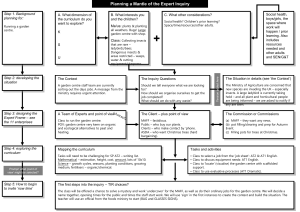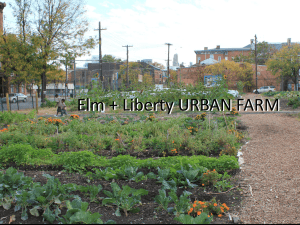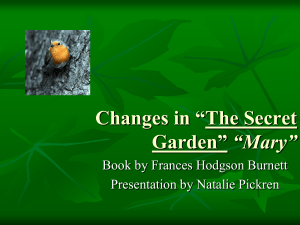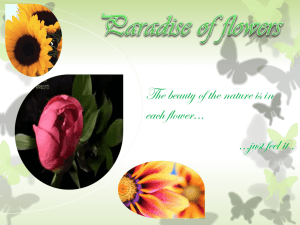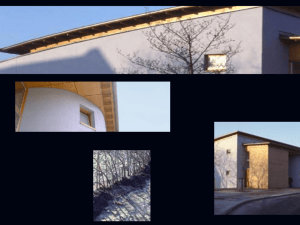SP3 English Powerpoint template slides
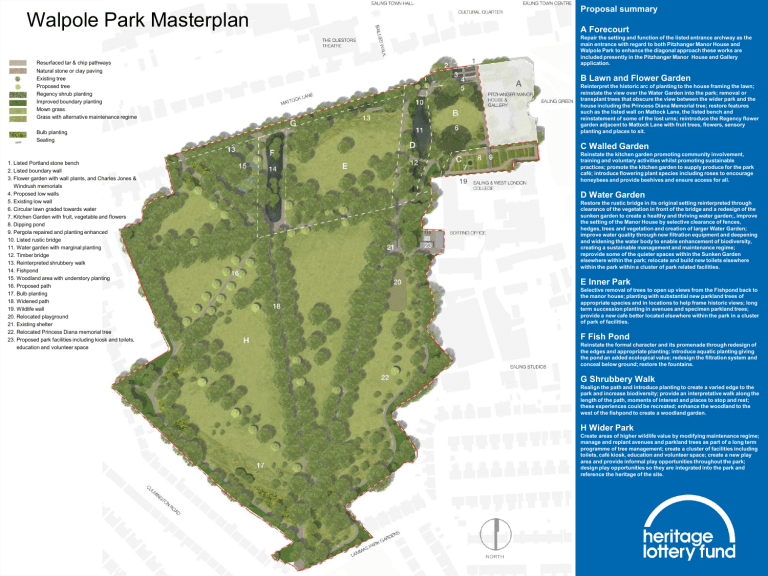
Walpole Park Masterplan
Resurfaced tar & chip pathways
Natural stone or clay paving
Existing tree
Proposed tree
Regency shrub planting
Improved boundary planting
Mown grass
Grass with alternative maintenance regime
Bulb planting
Seating
1. Listed Portland stone bench
2. Listed boundary wall
3. Flower garden with wall plants, and Charles Jones &
Windrush memorials
4. Proposed low walls
5. Existing low wall
6. Circular lawn graded towards water
7. Kitchen Garden with fruit, vegetable and flowers
8. Dipping pond
9. Pergola repaired and planting enhanced
10. Listed rustic bridge
11. Water garden with marginal planting
12. Timber bridge
13. Reinterpreted shrubbery walk
14. Fishpond
15. Woodland area with understory planting
16. Proposed path
17. Bulb planting
18. Widened path
19. Wildlife wall
20. Relocated playground
21. Existing shelter
22. Relocated Princess Diana memorial tree
23. Proposed park facilities including kiosk and toilets, education and volunteer space
Proposal summary
A Forecourt
Repair the setting and function of the listed entrance archway as the main entrance with regard to both Pitzhanger Manor House and
Walpole Park to enhance the diagonal approach these works are included presently in the Pitzhanger Manor House and Gallery application.
B Lawn and Flower Garden
Reinterpret the historic arc of planting to the house framing the lawn; reinstate the view over the Water Garden into the park; removal or transplant trees that obscure the view between the wider park and the house including the Princess Diana Memorial tree; restore features such as the listed wall on Mattock Lane, the listed bench and reinstatement of some of the lost urns; reintroduce the Regency flower garden adjacent to Mattock Lane with fruit trees, flowers, sensory planting and places to sit.
C Walled Garden
Reinstate the kitchen garden promoting community involvement, training and voluntary activities whilst promoting sustainable practices; promote the kitchen garden to supply produce for the park café; introduce flowering plant species including roses to encourage honeybees and provide beehives and ensure access for all.
D Water Garden
Restore the rustic bridge in its original setting reinterpreted through clearance of the vegetation in front of the bridge and a redesign of the sunken garden to create a healthy and thriving water garden;, improve the setting of the Manor House by selective clearance of fences, hedges, trees and vegetation and creation of larger Water Garden; improve water quality through new filtration equipment and deepening and widening the water body to enable enhancement of biodiversity, creating a sustainable management and maintenance regime; reprovide some of the quieter spaces within the Sunken Garden elsewhere within the park; relocate and build new toilets elsewhere within the park within a cluster of park related facilities.
E Inner Park
Selective removal of trees to open up views from the Fishpond back to the manor house; planting with substantial new parkland trees of appropriate species and in locations to help frame historic views; long term succession planting in avenues and specimen parkland trees; provide a new cafe better located elsewhere within the park in a cluster of park of facilities.
F Fish Pond
Reinstate the formal character and its promenade through redesign of the edges and appropriate planting; introduce aquatic planting giving the pond an added ecological value; redesign the filtration system and conceal below ground; restore the fountains.
G Shrubbery Walk
Realign the path and introduce planting to create a varied edge to the park and increase biodiversity; provide an interpretative walk along the length of the path, moments of interest and places to stop and rest; these experiences could be recreated; enhance the woodland to the west of the fishpond to create a woodland garden.
H Wider Park
Create areas of higher wildlife value by modifying maintenance regime; manage and replant avenues and parkland trees as part of a long term programme of tree management; create a cluster of facilities including toilets, café kiosk, education and volunteer space; create a new play area and provide informal play opportunities throughout the park; design play opportunities so they are integrated into the park and reference the heritage of the site.


